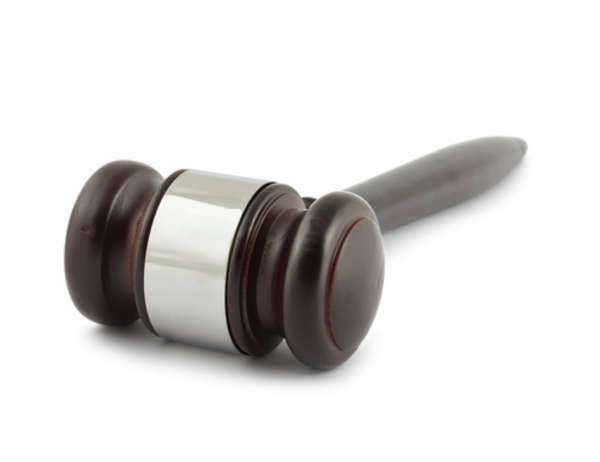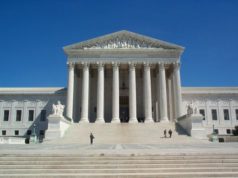
Civil Rights
Religious Freedom
Political Polarization
Conclusion
United States Supreme Court cases are officially considered to simply present judgments on the specific issues before the Court, and the Supreme Court as a section of the Government is, by its own action, excluded from the ability to set policy for the rest of the Government. That being said, numerous landmark Supreme Court cases can be found through United States history that have significantly affected the future course of the country.
The attention paid to the long-term implications of United States Supreme Court cases has insured that, over time, the Court has taken on an increasingly politicized tenor with a consequential increase in the difficulty of securing the approval of nominees submitted for the bench. The tenures of Supreme Court Chief Justices, in particular, are frequently measured along a right/left political spectrum, as may be determined by any landmark Supreme Court case that occurred during their time.
The Court of John Marshall first established the principle of the Court’s preeminence in determining the Constitutional validity of legislation, called in practice “judicial review.” This principle was set by the United States Supreme Court cases of Marbury v. Madison, on the Court’s power of Constitutional interpretation, and Martin v. Hunter’s Lessee, on the Court’s status over State Supreme Courts in this regard.
Marshall’s tenure, which lasted for thirty-four years, generally established the trend toward greater power being vested in the Supreme Court. The long-term effect of this trend was attested to by the following Courts, such as, firstly, the Taney Court. Among this era’s landmark Supreme Court cases, Dred Scott v. Stanford stood out in retrospect for finding against the rights of enslaved Americans and thereby contributing to the tensions which led to the Civil War. In other landmark Supreme Court cases of the Nineteenth Century, Lochner v. New York and Adair v. United States helped develop the concept of due process.
The overall trend in the United States Supreme Court cases heard for most of the 20th Century was inclined in the direction of expanded Federal power, often toward a liberal political program. This trend can be first identified in the landmark Supreme Court cases heard in the Franklin D. Roosevelt administration and immediately thereafter, during which the Chief Justices were inclined toward accommodating the New Deal programs passed to alleviate the effects of the Great Depression.
The United States Supreme Court cases of subsequent Chief Justices continued the same trend. The tenure of Chief Justice Warren, from 1953 to 1969, heard landmark Supreme Court cases, such as Brown v. Board of Education, Miranda v. Arizona, and Abington School District v. Schempp, pertaining to such controversial issues as school segregation, the rights of the accused, and school prayer, respectively. The United States Supreme Court cases heard during the Burger Court, from 1969
to 1986, demonstrated the same general liberalism. A woman’s right to abortion and the Government’s ability to enact affirmative action were among the issues decided by landmark Supreme Court cases under this Court.
The trend of the Supreme Court since then is generally perceived as being toward the right, at least in terms of the Chief Justices who have presided: William Rehnquist from 1986 to 2005, and John Roberts from 2005 to the present. The United States Supreme Court cases of the Rehnquist Court tended to place limits on the Federal power previously asserted. Among the landmark Supreme Court cases of the era, the Lawrence v.
Texas case acted toward interests generally perceived as liberal, disallowing the prohibition of homosexual acts. The United States Supreme Court cases heard by the Roberts Court have generally continued the Court’s rightward direction.


























